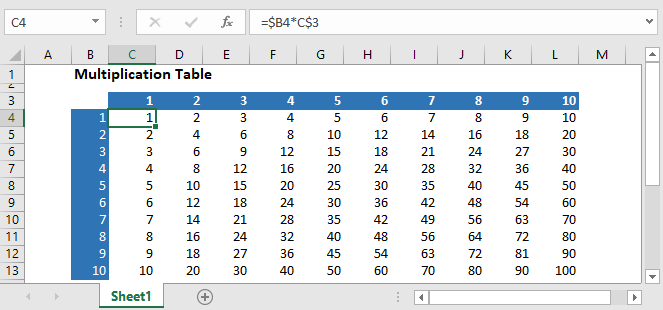
Click the “Filter Button” (arrow) next to the header for the column that you want to use. When you’re ready to put that Excel table to work, you have options to sort, filter, and search your table data.

On the right side of the ribbon, use the arrows to view and then select a color scheme. Whether you started your table with a particular style or just used the default, you can change it here. Check the boxes for the items that you want to display. In the center of the ribbon are checkboxes to show things like a total row, the first and last columns, and the filter button. Enter the name you want to use in the “Table Name” field.

You can give your table a more meaningful name, which is helpful if you plan to reference it in your workbook. Table nameĮach table you create is given a default name of Table 1, Table 2, and so on. Open that tab and check out the following options. Select any cell in the table and you’ll see the “Table Design” tab appear above the ribbon. Now that you have your table, you can customize it.

Just note that if you do have a header row but choose not to use the feature, that row will then be treated as data, which affects your table filtering. If you do not check the box to use table headers, Microsoft Excel will assign them by default as Column 1, Column 2, and so on, which you can edit if you wish. If you want to use your own header row for the table, check the box for “My Table Has Headers” and click “OK” when you finish. You can either manually edit the cell range in the box or drag your cursor through the area on your sheet while the window remains on the screen.


 0 kommentar(er)
0 kommentar(er)
